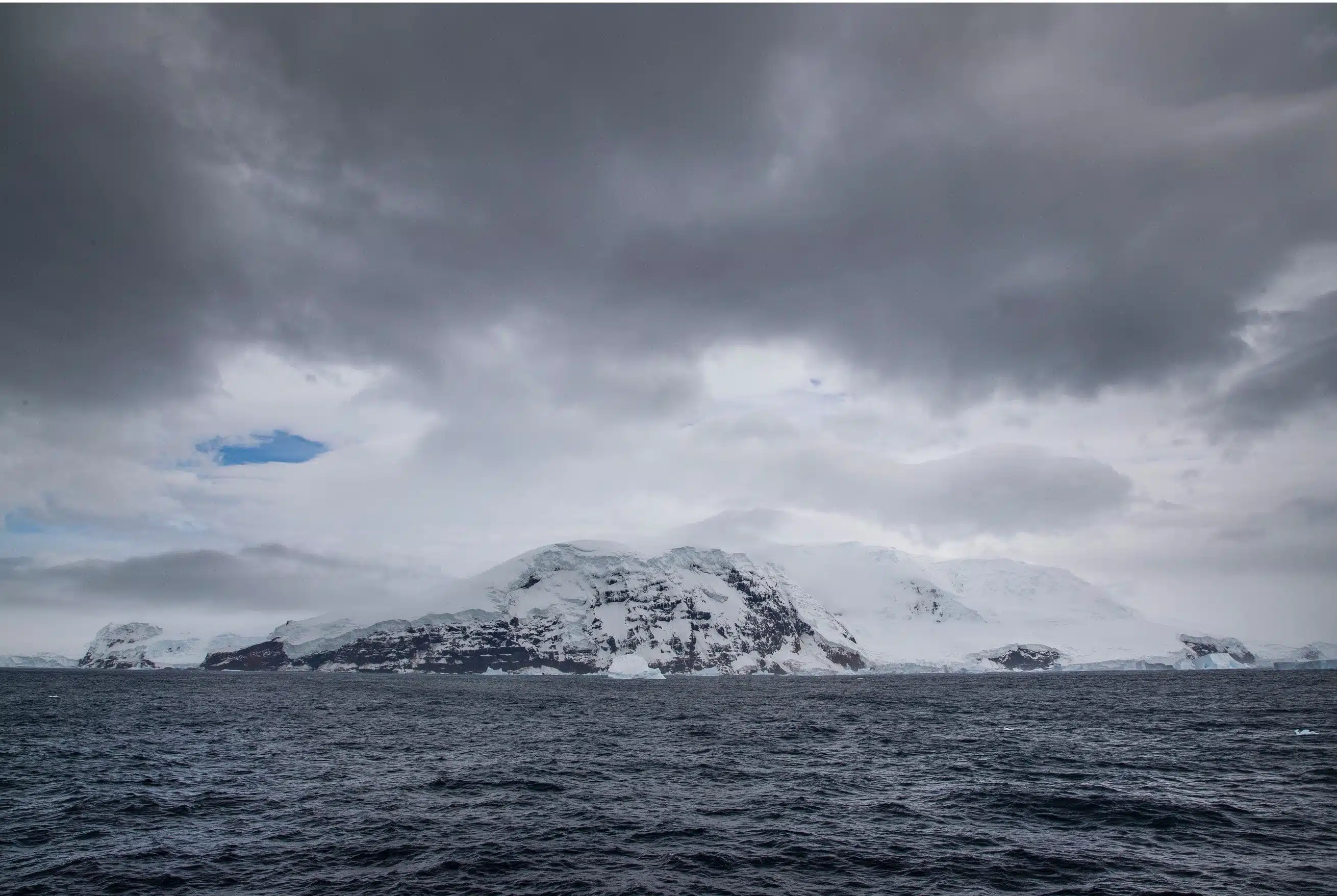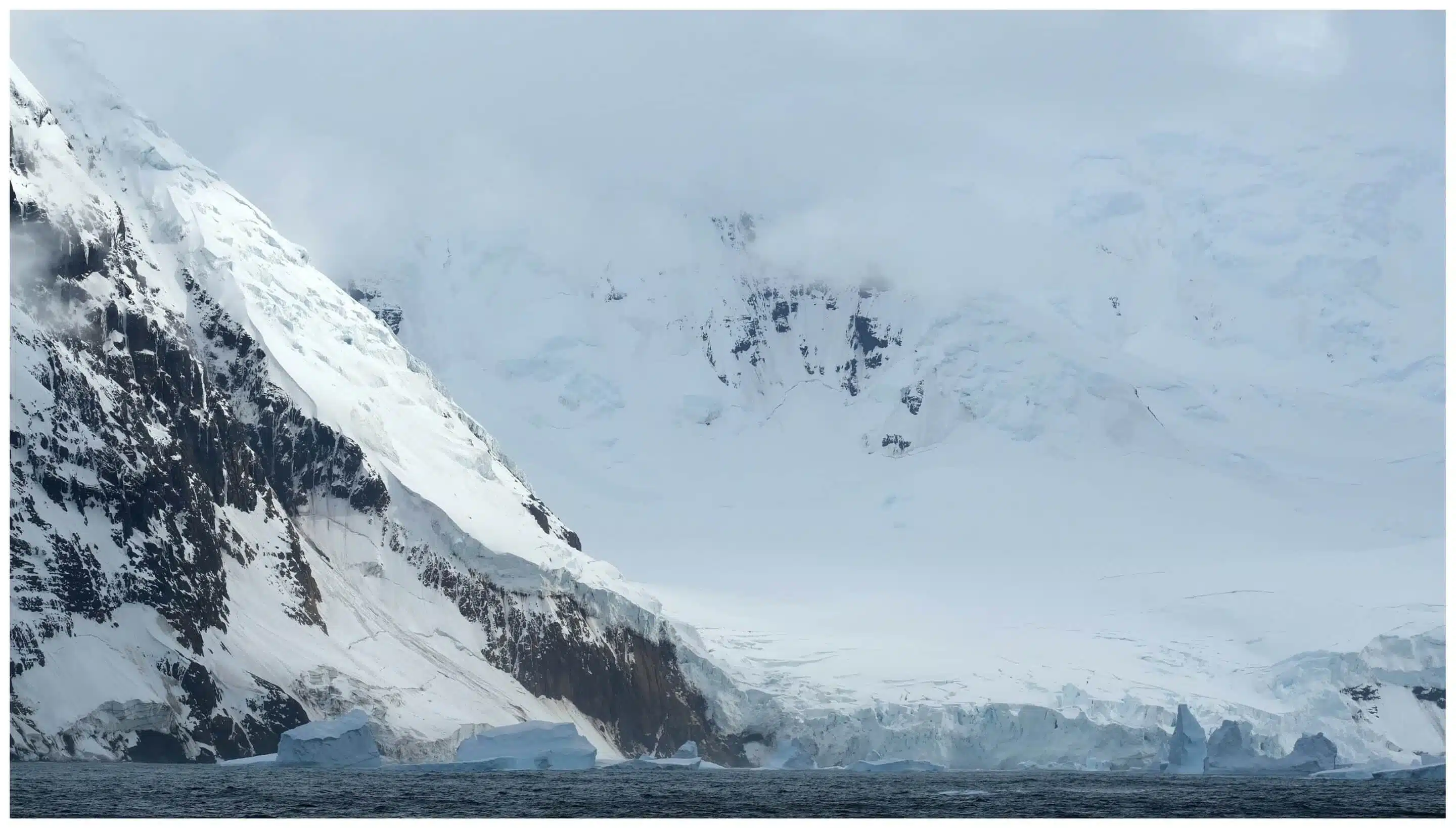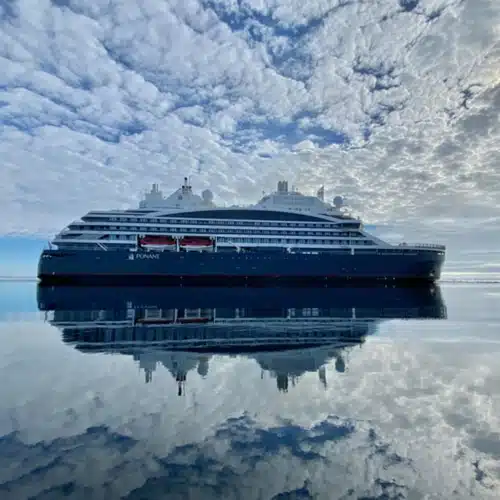An otherworldly ice volcano
Peter I Island is the dream destination of many adventurers, explorers, sailors and mountain climbers. The location and terrain of this lost island make it nigh unreachable, so much so that very few people have actually managed to land on it. A volcano covered in ice where many mysteries remain unsolved, and whose inaccessible nature draws in the most daring adventurers…
One of the last islands on Earth to be discovered
Peter I Island is a small volcanic island located in the Bellingshausen Sea, in the Antarctic Ocean, around 450 km from the continent of Antartica. The main part of the island is 15 km long and 10 km wide. The overall surface area of around 200 km² includes nearby smaller islands and reefs. It is uninhabited, and very few explorers have ever landed on it. The inactive volcano, named Lars Christensen, towers over the island, 1,755 metres above sea level. The peak looks like a mysterious dome of ice with a volcanic crater on top, a hundred metres in diameter. Although it has been attempted before, the peak has never been reached by mountain climbers.
Peter I Island, named after Tsar Peter I of Russia, was discovered in 1821 by Russian explorer Fabian von Bellingshausen. He was only able to make out the distant island from his ship and tell of its existence. Over 100 years later, in 1929, a man landed on it for the first time ever. This was the result of an expedition led by Norwegian explorer Ola Olstad, captain of the first ship to reach this dangerous land. The island and surrounding waters were then claimed by Norway.

A land with unassailable shores
All year round, most of the island is covered by a snowy glacier whose ice crust can reach several dozens of metres in thickness. Tales say that the rocks protruding from the ice are so steep, even the snow cannot cling to them. The coastline is made up of impressive steep cliffs, forming a 40-metre high ice wall. The unstable glacier juts out from its edge, with huge chunks of ice or seracs capable of breaking off at any time without warning. The outskirts of the island are therefore particularly dangerous and docking areas are almost non-existent. Only three areas, created by lava flowing straight from the volcano into the ocean, allow ships to approach. For most of the year, Peter I is surrounded by a thick layer of ice. During that period, it is almost impossible to reach the island. One has to wait for the very short southern summer, when the ice breaks up, to even hope to get close to its shores and set foot on it. This is why docking on Peter I Island is often compared to landing on the Moon!
Wild plants and animals perfectly adapted to the harsh conditions
The harsh climate, freezing temperatures and strong winds have not allowed scientists to identify more than a few rare species on the island. Among them, fulmars and south polar skuas, snow petrels, arctic terns, Adélie penguins and chinstrap penguins. Some seals can also be seen there, such as the leopard seal or the elephant seal. Vegetation is scarce, but species of moss and lichen do appear during the short summer months. These are particularly resilient and seem to be able to withstand the harsh weather conditions on the island.
A mysterious island
As there have been so few human expeditions to the island, a lot about it remains unknown. Its topography, for example, is not very well known. Indeed, the ice is too thick to precisely measure the layout of the island. Estimations suggest that the ice cap could be as thick as 60 to 120 metres at the top of Lars Christensen Peak. Likewise, scientists have not yet taken inventory of every plant and animal species on the island. As far as we know, endemic species never seen before could just be living there waiting to be discovered!

hoto Credits : ©Ian Dawson/ ©Studio PONANT/Morgane Monneret/ ©Studio PONANT/Laurence Fischer /©Studio PONANT/Nathalie Michel

Explore the highest latitudes
Embark on an adventure aboard Le Commandant Charcot and dare to reach the remote shores of the polar regions



